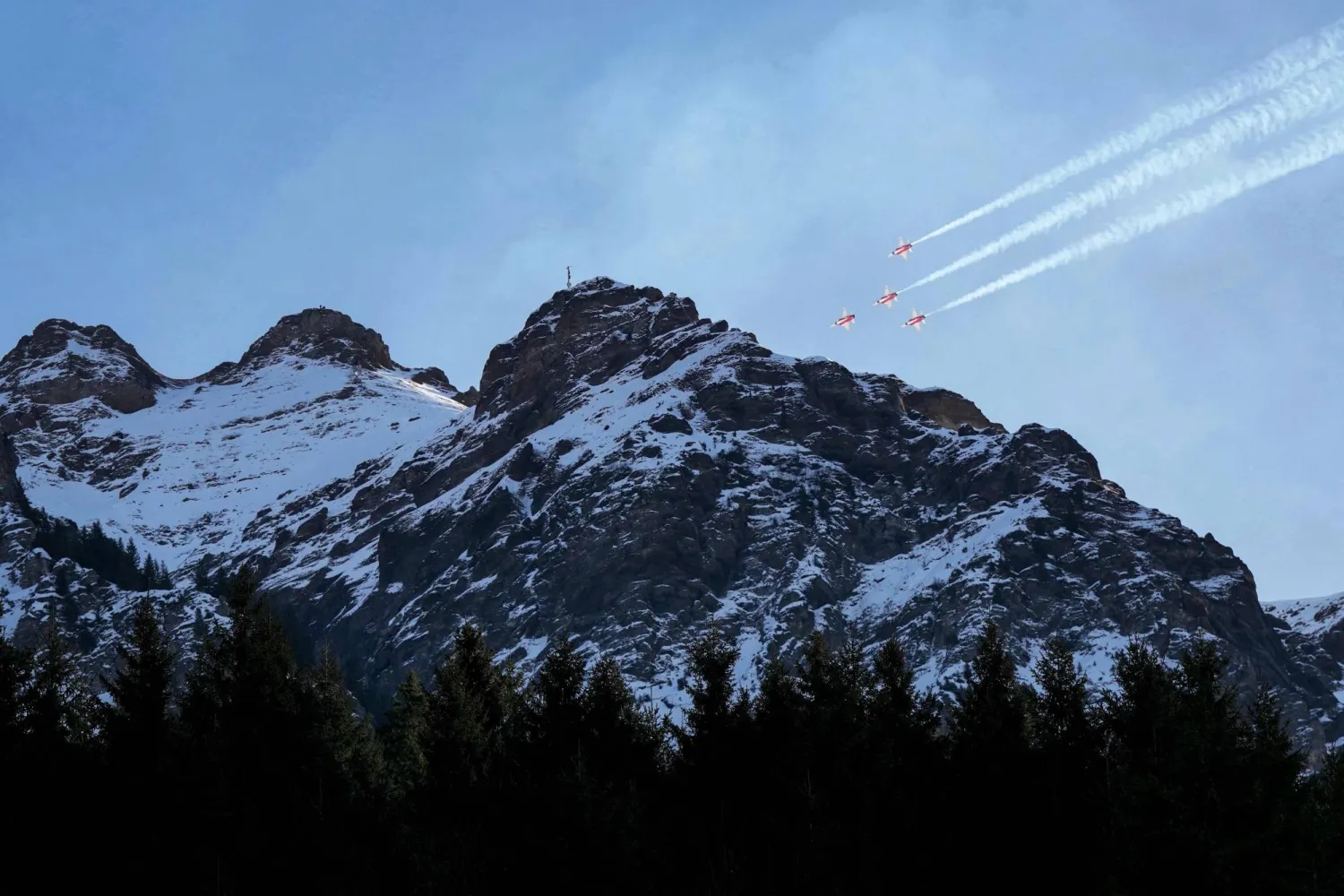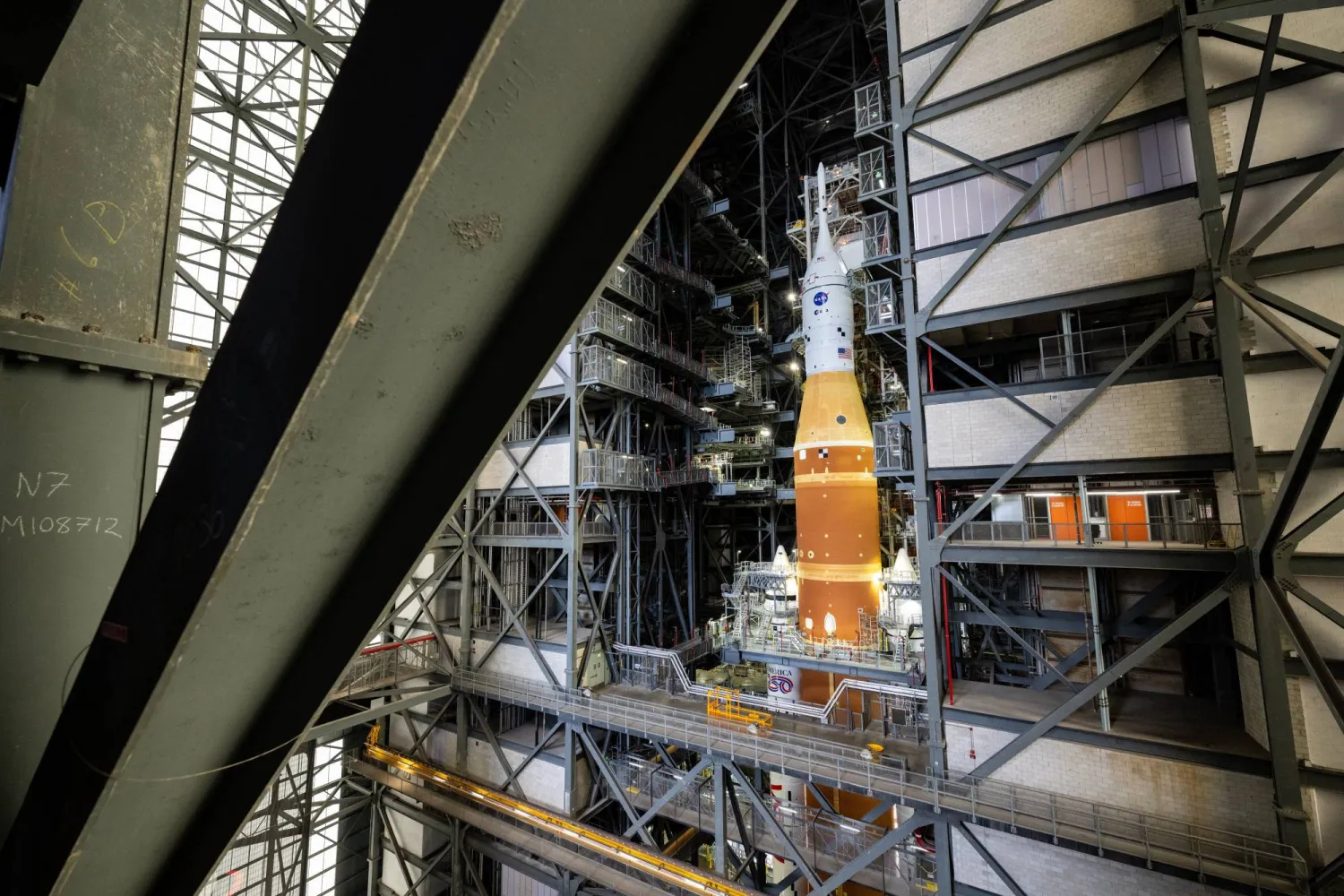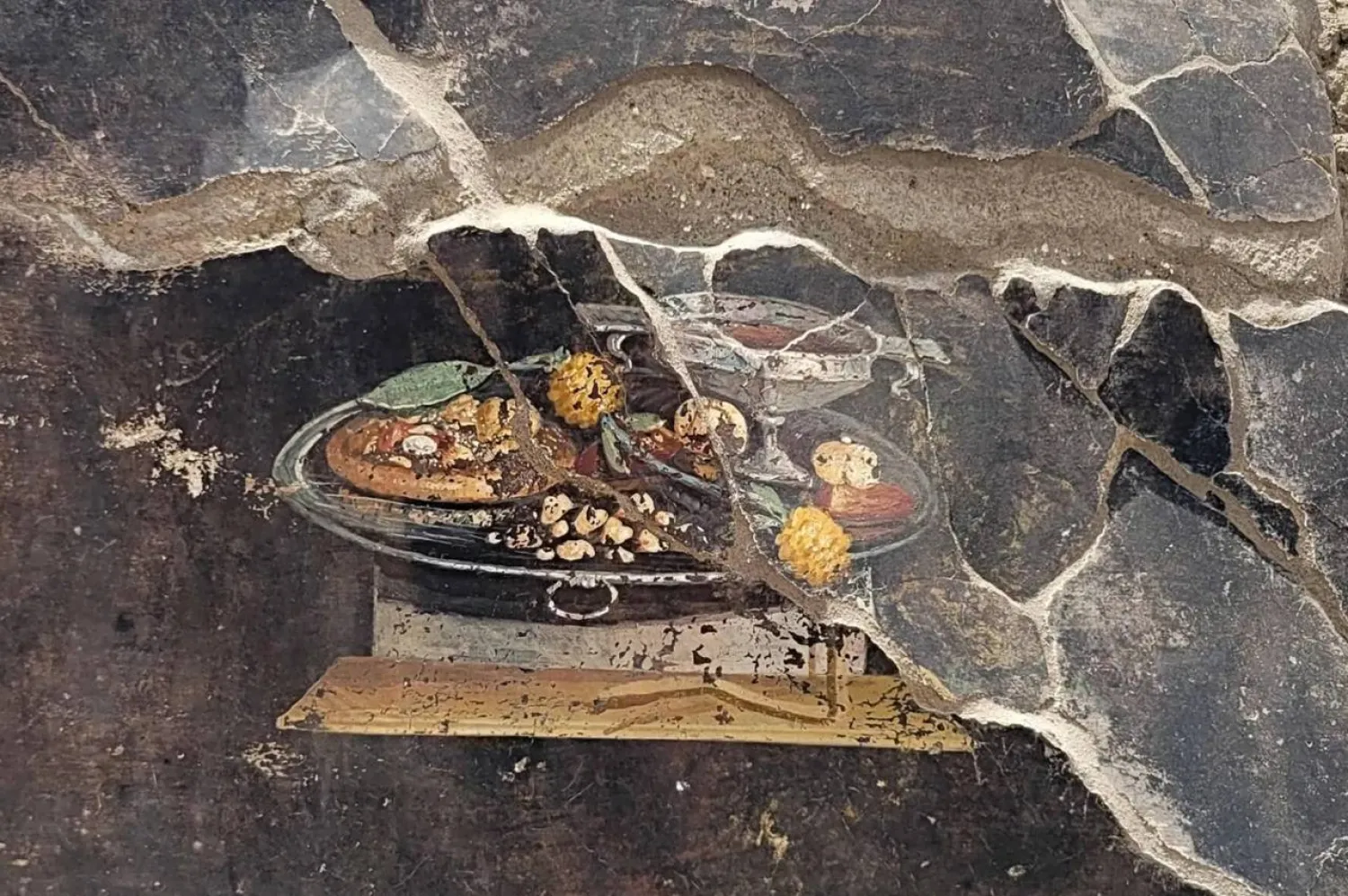The Saudi National Center for Wildlife (NCW) announced on Thursday the successful first birth of a female Caracal with two cubs at the Prince Saud Al-Faisal Wildlife Research Center in Taif.
The remarkable achievement is a significant milestone in the center's breeding program, which was launched in 2022 with a nucleus of 16 individuals. The program aims to conserve and protect wildlife, maintain ecosystem balance, and enrich biodiversity, aligning with the National Environmental Strategy and the Saudi Green Initiative, as part of Saudi Vision 2030.
NCW has invested significant resources in upgrading and preparing the Caracal enclosures at the research center, which has led to a marked improvement in breeding and care programs for this majestic species.
"We are delighted to announce this milestone, which emphasizes the success of our efforts to rehabilitate ecosystems and enhance balance," said Dr. Mohammed Qurban, CEO of the National Center for Wildlife.
"This achievement is a testament to our commitment to conserving endangered species and expanding breeding programs, demonstrating our ongoing success in implementing ambitious environmental initiatives aimed at protecting biodiversity in the Kingdom and promoting best practices for environmental conservation within a comprehensive legislative framework," he added.
Dr. Qurban emphasized that NCW is dedicated to supporting efforts to breed and reintroduce endangered species into their natural habitats through specialized scientific programs and activities leveraging information technology in partnership with local and global experts.
The launch of breeding and reintroduction programs for local predators, including the lynx, coincides with the expansion of protected areas, providing suitable habitats for these creatures. The presence of predators in the wild ensures ecological balance, as they play a crucial role in maintaining food chains and contributing to the integrity of ecosystems.
The Prince Saud Al-Faisal Wildlife Research Center in Taif is one of the research centers under the National Center for Wildlife, established in 1986 to breed and reintroduce local endangered species into their natural habitats and monitor their post-release progress.
The research center is home to eight breeding programs, including those for the Asina Houbara, Arabian oryx, Common Ostrich, Arabian leopard, Arabian Mountain gazelle, Nubian ibex, Caracal, and Arabian hare.









